Its name was the cleverest thing about it. Or it would have been, had the Rover brand not been so stained by years of messy history.
The next best thing about this new supermini was the classy array of chrome ‘C I T Y R O V E R’ characters across its tailgate. It seemed like one of the few positives in this tale of the last whimperings of MG Rover.
In the broadest sense, acquiring the rights to sell this Italian-designed supermini might have seemed a good idea for a company struggling to survive. MG Rover had not launched an entirely new model since the ludicrous De Tomaso-based MG XPower SV.
A new supermini – even an old new supermini – was a model that might sell at a decent rate and make a profit, so cheaply could it be landed at a dock ready for UK sale.
Dock? Yes, the CityRover was not made at MG Rover’s Longbridge plant, but in India. It was built by Tata Motors, which today owns Jaguar Land Rover.
The Tata Rover
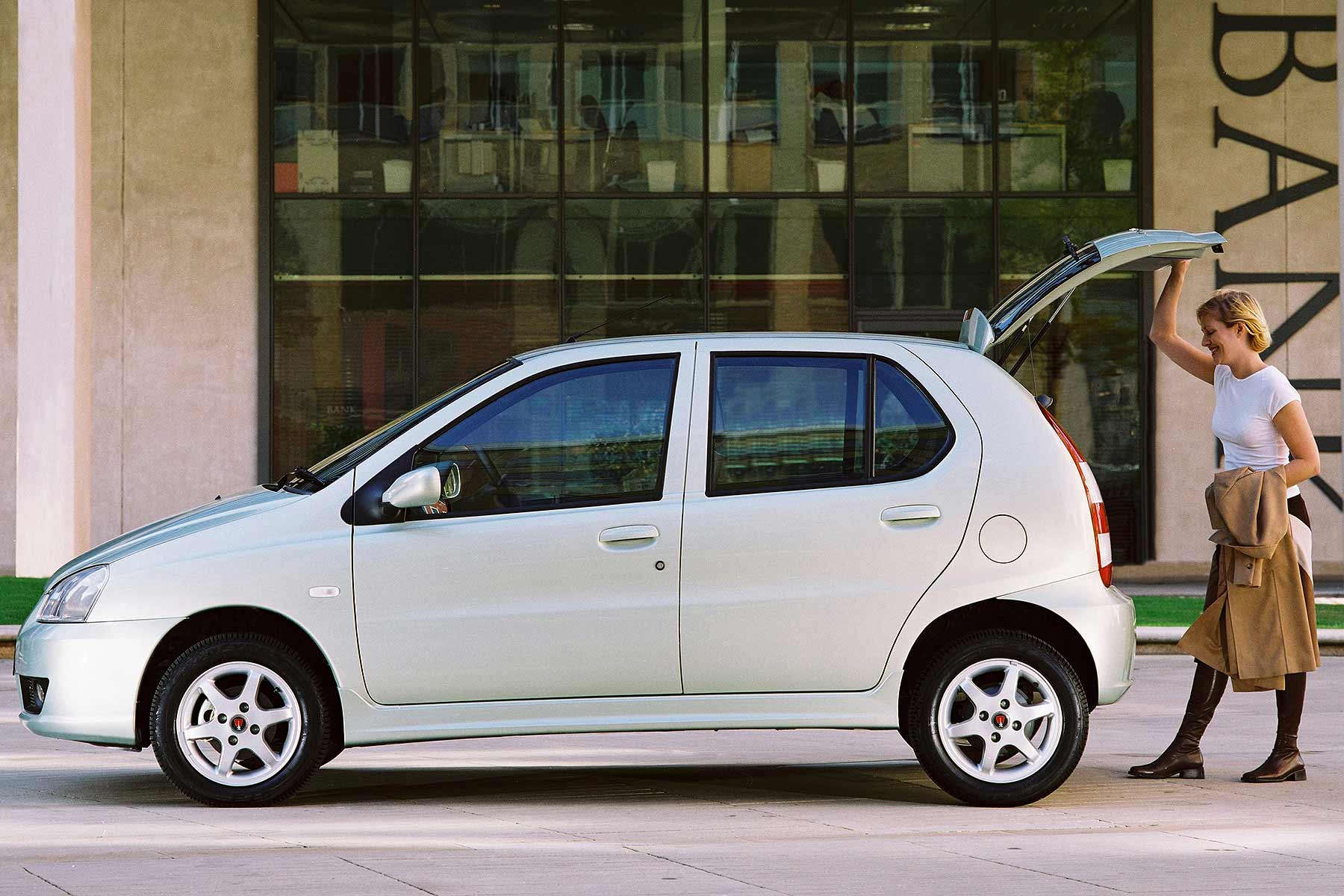
The CityRover was a lightly modified version of the Tata Indica, the Indian company’s first car. The Indica was capably designed for Tata by Italy’s IDEA, whose previous credits included many Fiat-affiliated cars from the early 1990s, including the Fiat Tipo and Tempra, the Alfa Romeo 155 and the Lancia Delta, as well as the Nissan Terrano and Ford Maverick siblings.
The Indica was engineered to be very affordable, was powered by a modified 1.4-litre Peugeot engine of more-than-average grunt, and had an interior spacious enough to carry inadvisably large numbers of passengers – as was highly likely in its home country of India.
It debuted in 1998 and sold very strongly until customers uncovered its patchy quality. Recalls and a reworked version recovered the Indica’s reputation sufficiently to restore its best-selling status. It was this modified version, known as the Indica V2, that became the basis for the MG Rover.
Not good enough for MG Rover
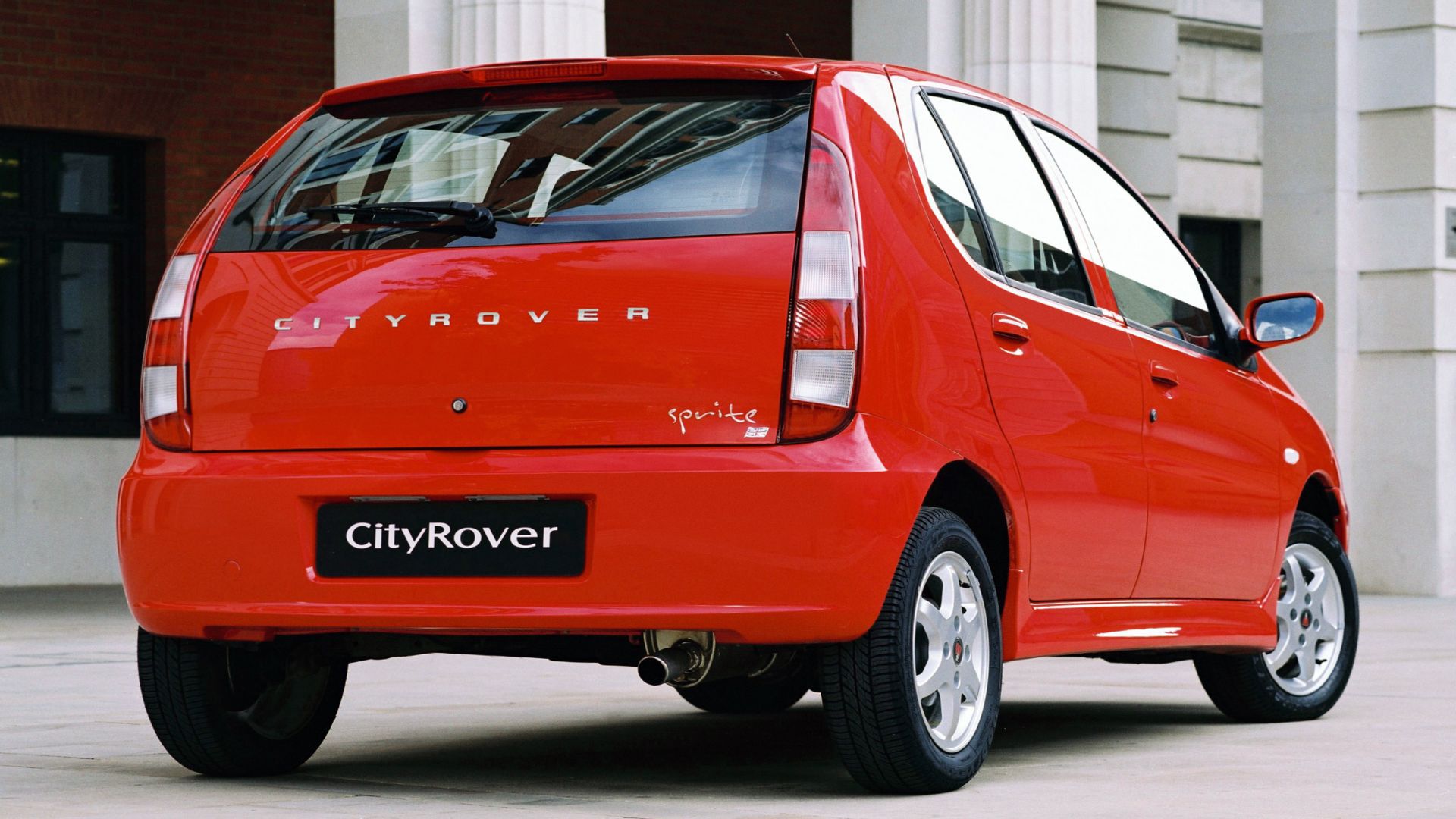
When MG Rover’s engineers got hold of an example for evaluation, their improvements list was long. It included the need to improve a gearchange that moved like a blunt carving knife through gristle, the high-riding suspension and an interior finish barely worthy of a van.
But management largely ignored their suggestions, allowing only light modifications to the suspension, which was lowered by 20mm and used stiffer spring rates, these changes complemented by a quicker steering rack and larger wheels.
The engine was cleaned up to meet mandatory emissions requirements and one of its mountings was reworked to reduce vibration into the cabin, while the transmission’s final drive ratio was altered to compensate for the larger wheels.
New front and rear bumpers, the application of the nastily-cheapened Rover Viking badge and the devising of Sprite, Solo, Select and Style trim packages completed the budget makeover, except for the issue of price. This clearly needed to be low, despite the roomy interior, inoffensive styling and surprisingly peppy performance, with 84bhp pushing 1,040kg of Tata steel along quite effectively.
Nonetheless, this car was already a five-year-old design, no effort had been made to lift its interior and its gearchange continued to provide pesky manipulation battles for your left hand.
The £900 new Rover?
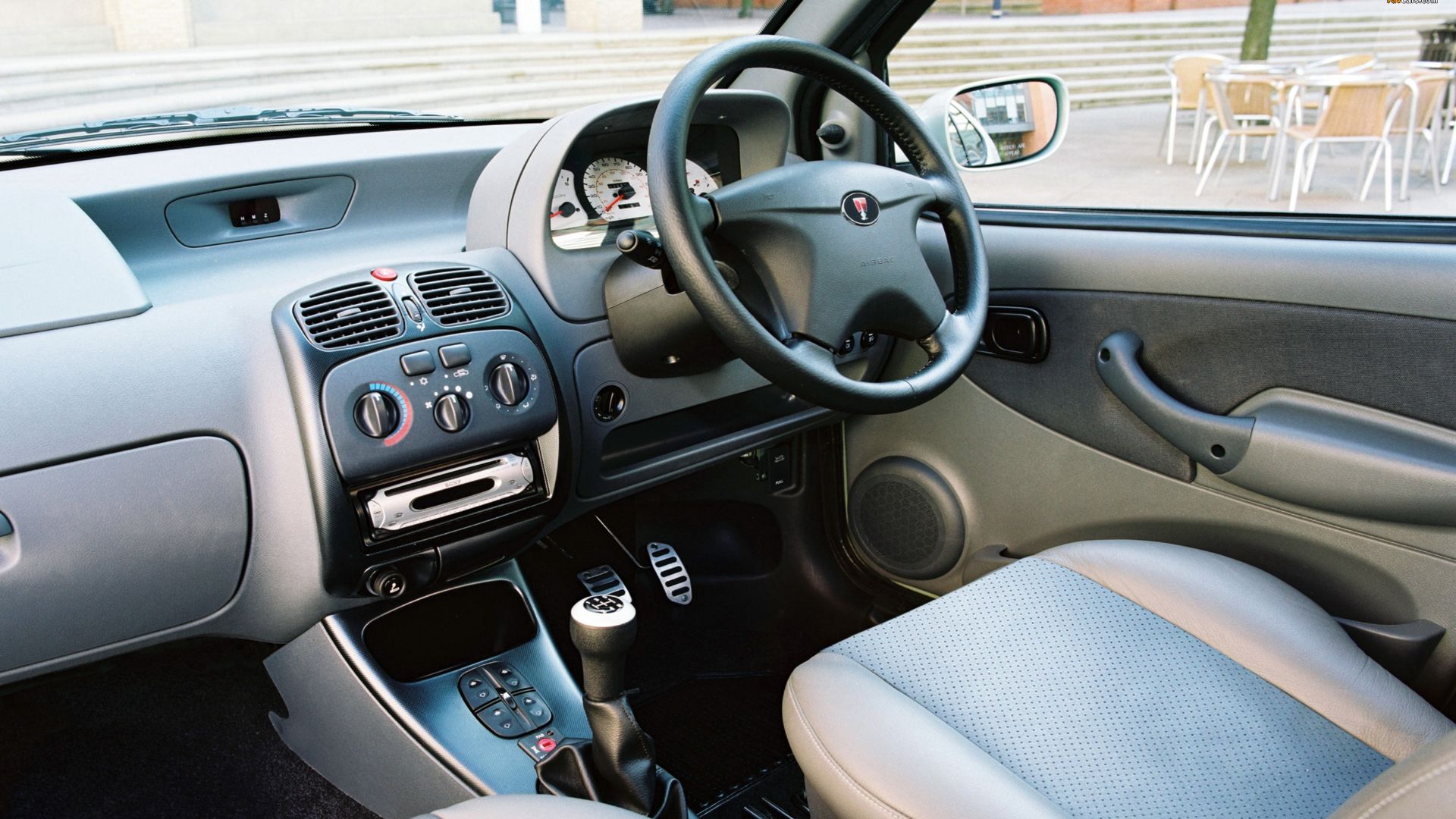
There were rumours that the unit cost of a CityRover was somewhere in the region of £900-£2,000. Even £2,000 sounds on the low side, but there seems little doubt the cost to MG Rover was easily low enough to allow it to make a decent profit – and return to a market that it had deserted when the long-running Rover Metro was killed off.
But the Longbridge management seemed to be in the grip of the kind of reality-loss that had so far produced the unsaleable MG XPower SV, the rear-driven MG ZT V8 and a two-season assault on Le Mans.
So, at its September 2003 launch, the basic CityRover Solo was priced at least £1,000 too high, at £6,495. As for the £8,895 asked for the top-of-the-range Style, it was laughable against a mid-range Volkswagen Polo.
Self-sabotage and James May
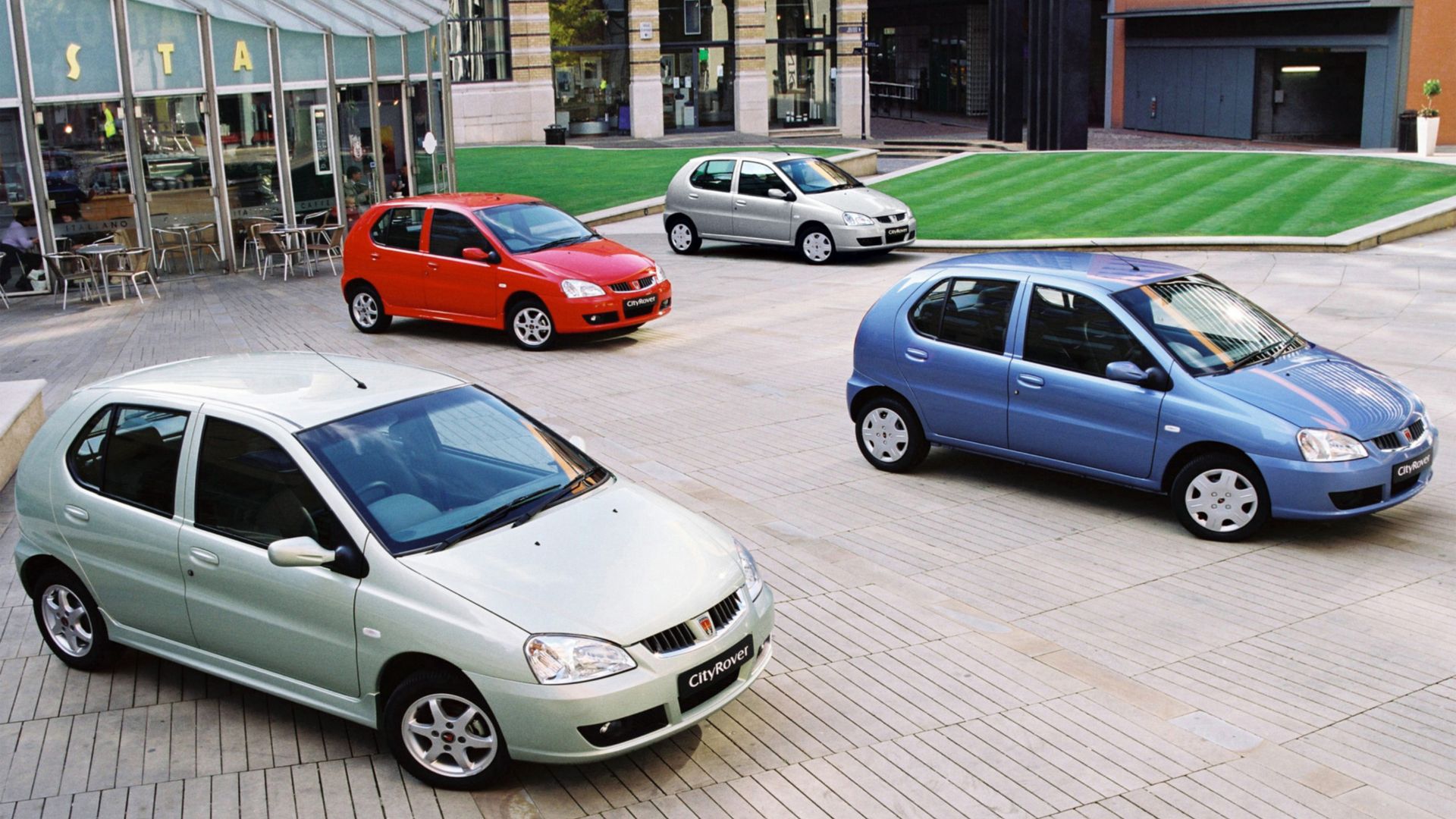
The self-inflicted sabotage didn’t end there, MG Rover proceeded to launch the CityRover by stealth. There was no significant advertising, no proper press launch and fatally, it denied Top Gear a test car.
Instead, presenter James May got plenty of laughs by testing a dealer demonstrator using subterfuge and a hidden camera. It was, he reckoned, the worst car he had ever driven while working for the programme.
Despite all this, other sections of the press gave it middling-to-positive reviews. They liked its space, pace and paint finish, but the gearchange, the cabin plastics and the mean equipment levels knocked it back.
So did the arrival of the new Fiat Panda, a neat small supermini good enough to collect a Car of the Year award.
40,000 sales a year, they thought…
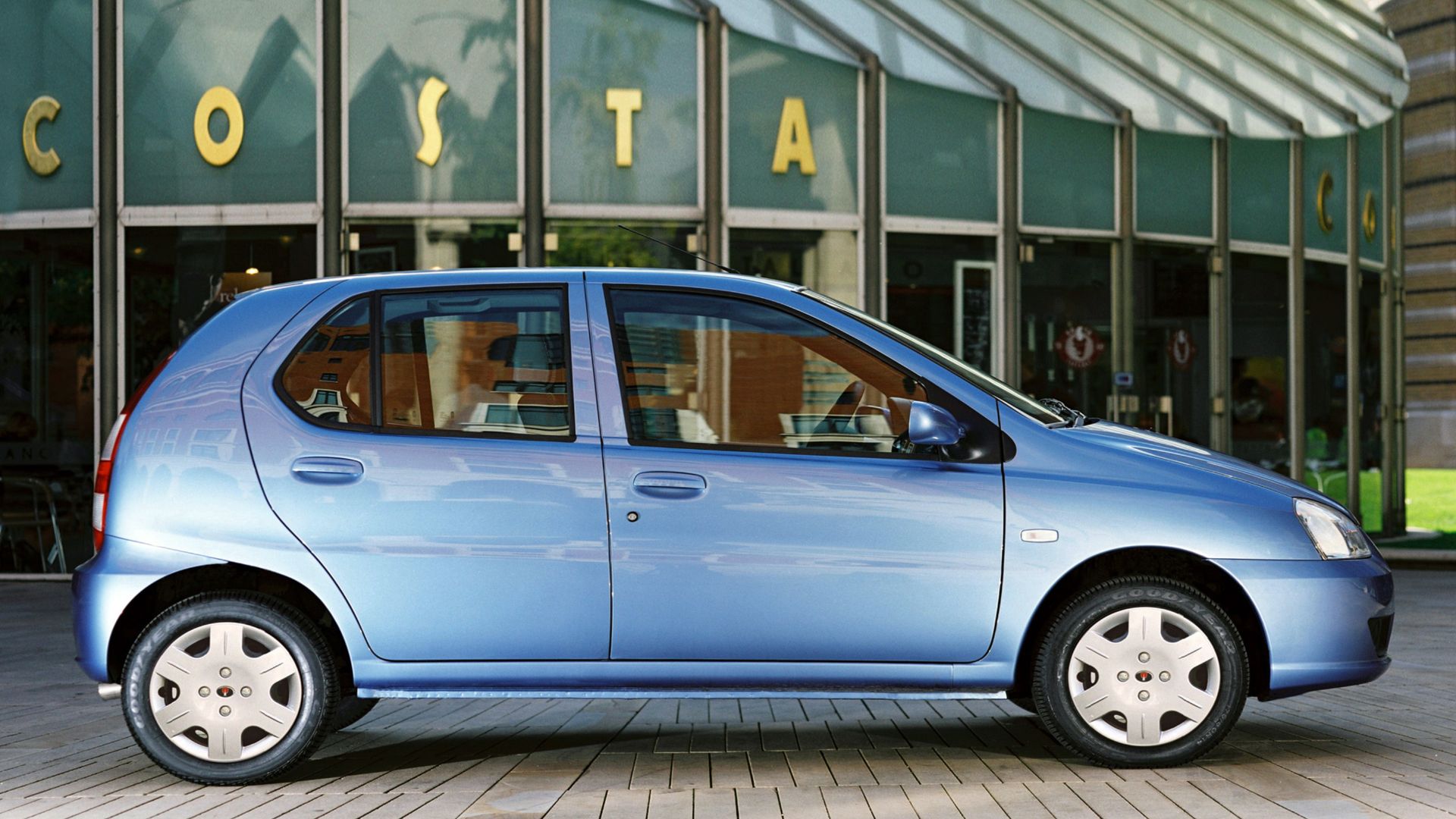
With all this against it, together with MG Rover’s wavering enthusiasm, the forecast sales of 30,000-40,000 units a year looked about as likely as BMW deciding to buy MG Rover back.
Even some quick sums on a smartphone calculator indicate profits of at least £50 million a year on these numbers, making MG Rover’s reticence seem weirder still.
Sales accelerated like a New Year’s day road-sweeper, the inevitable price cut arriving soon, along with plans for a mildly revised model in 2005.
A facelift that never was
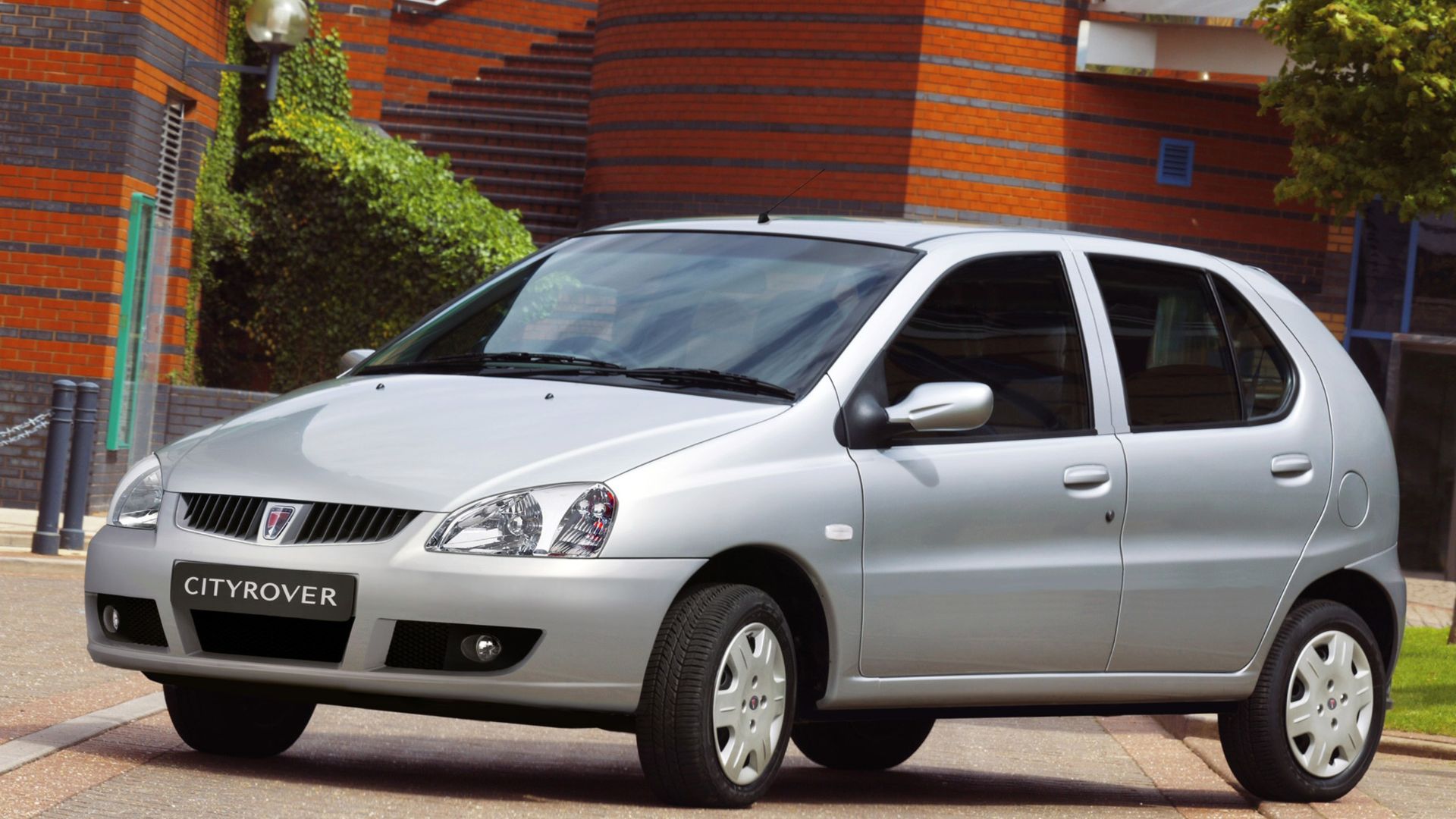
But 2005 was the fateful year that MG Rover went under, although not before a boat-load of 1,200 revised CityRovers had set sail for Britain.
These orphaned cars got no launch at all, being disposed of by receivers PriceWaterhouseCoopers, which is why you can find examples registered as late as 2007. Around 8,600 CityRovers were eventually sold, with less than 200 still taxed today.
The CityRover shambles produced a sad book-end to the small-car history of the company that had brought us the 1959 Mini, and still more dismal for the bizarre way in which the project was handled.
ALSO READ:
Great Motoring Disasters: MG XPower SV



[…] MG Rover CityRover: the name was the cleverest part […]
Many years on, we don’t need to worry so much that it was overpriced and outclassed by the competition. I know a lot of ‘enthusiasts’ are still deeply offended the CityRover even exists… but if you take off those rose-tinted glasses, we can begin to appreciate the CityRover and its part in the final couple of chapters of the story of MGRover.
🙂 I picked one up for £100 and used it as a hack for a couple of years! Not a car for the snobs but for people who don’t care what the ******* press think.